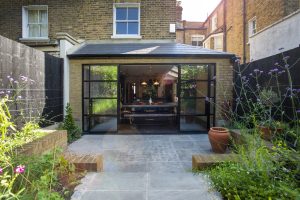Most building projects, especially those that involve extending your home, will require planning permission. To build an extension, you must first acquire planning permission from your local planning authority. This article explores the most common reasons why the authorities may refuse planning permission. However, it is important to remember each case is unique, and your local planning authority will consider various factors before deciding.
Here are some of the main reasons:

Non-Compliance with Planning Policy
The government and the local planning authority determine the planning policy. Local planning authorities will also have particular development policies for their area. These policies aim to ensure any new development fits specified criteria and is consistent with the local planning policy. Planning authorities are likely to refuse planning permission if a proposed extension does not comply with these policies. For example:
- Height restrictions: Many local planning authorities have policies that limit the height of buildings in specific areas. Authorities typically impose these limits to ensure new structures are proportionate to their surroundings and do not dominate the skyline.
- Setback requirements: Setback requirements refer to the distance that a new building must be set back from the street or neighbouring properties. These requirements are to ensure new buildings do not infringe on the privacy of neighbouring properties or disrupt the existing street scene.
- Design and appearance: Local planning authorities often have policies on the design and appearance of new buildings. These policies are to ensure new buildings are visually appealing and in keeping with the surrounding architecture.
Impact on the Area’s Character
The local planning authority considers many factors to ensure the development fits in with the character of the surrounding area. This includes evaluating whether the extension is in keeping with the surrounding properties’ overall style, architecture, and aesthetic. This is because they want to maintain the area’s unique character and visual appeal. Any new development needs to respect and enhance the existing surroundings. For example:
- Materials: Materials used in an extension can considerably impact its external appearance and its overall impact on the surroundings. Local planning authorities may have policies that require new structures to utilise materials and finishes compatible with the surroundings. The purpose of this is to guarantee new structures do not conflict with existing architecture or impair the character.
- Scale: The scale and mass of a building refer to its overall size and proportion in relation to the surrounding buildings. If the authorities consider it to be significantly larger than neighbouring properties, they may refuse planning permission.
Overlooking & Loss of Light
The local planning authority will assess the impact of the proposed extension on neighbouring properties’ privacy. If it overlooks or overshadows them, the local authorities are likely to refuse planning permission. Similarly, if neighbouring properties potentially experience a loss of natural light, planning permission is also likely to be refused. For example:
- Windows and balconies: The inclusion of windows and balconies in a proposed extension can have an impact on neighbouring properties. The authorities may consider it a breach of privacy if the windows or balconies overlook neighbouring properties. The authorities will consider size and placement of the windows and balconies, as well as their design and appearance.
- Height and distance: The authorities will consider the height and distance of the proposed extension in relation to neighbouring properties. The authorities may refuse planning permission if the proposed building is too tall or located too close to neighbouring properties. In addition, if the proposed building blocks natural light from neighbouring properties, the authorities may also refuse planning permission.
Parking and Traffic Issues
When planning for an extension, parking and traffic flow considerations can be crucial. If the proposed extension is likely to cause parking congestion or on-street parking problems, planning permission may be refused. For example:
- Parking: The local planning authority will consider whether the proposed extension will reduce parking spaces or if there is already limited parking in the area.
- Traffic flow: Similarly, the local planning authority will consider the potential impact on traffic flow in the area. If the proposed extension is likely to increase traffic flow, causing congestion or safety issues, planning permission may be refused.
Conservation Areas & Listed Buildings
Conservation areas and listed buildings are protected under UK planning law. However, any development proposal within or affecting them will be subject to additional scrutiny. For example:
- If the property is in a conservation area, the authorities will assess the impact of the extension on the conservation area and its heritage value. The authorities are likely to grant planning approval only if the extension benefits the conservation area.
- Similarly, if the property is a listed building and the authorities consider the proposed extension to be unsympathetic to the existing building or surrounding area, they are likely to refuse planning permission.

Drainage and Flood Risk
The local planning authority will also assess the impact of the proposed extension on drainage and flood risk in the local area. If the proposed extension increases the risk of flooding or causes drainage problems, the authorities are likely to refuse planning permission. For example:
- Water run-off: Local planning authorities will consider the potential impact of an extension on the local drainage system. If the proposed extension increases the water run-off, it may cause flooding in the local area. This can have significant environmental consequences.
- Flood risk zones: Local planning authorities use flood risk maps to identify areas at risk of flooding. If the extension is in a flood risk zone, the local planning authority may refuse planning permission to reduce the risk of flooding.
Ecological Impact
The local planning authority will consider the impact of the proposed extension on the local environment and ecology. If the proposed extension harms or disturbs local wildlife or habitats, the authorities are likely to refuse planning permission. For example:
- Protected species: The local planning authority will consider the potential impact on any protected species that may be present on the site. Protected species, such as bats or birds, may inhabit the area, and the authorities will protect their habitats.
- Habitat loss: The authorities will consider the potential impact on the local environment, including any green spaces or trees on the site. If the proposed extension results in the loss of important habitats, they may refuse planning permission.
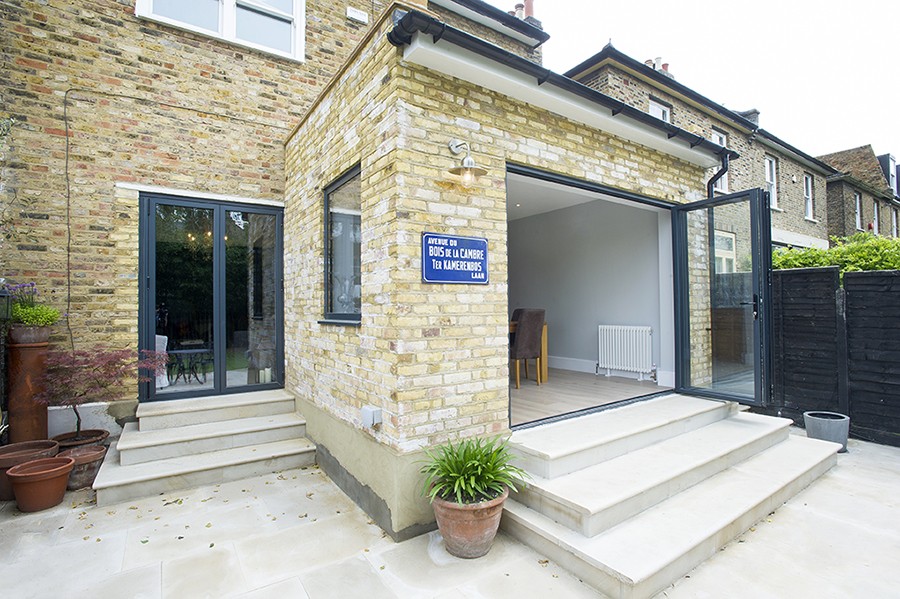
Health and Safety
The local planning authority will consider the impact of the proposed extension on the health and safety of local residents. If the extension is likely to pose a risk to public safety, it may be refused. For example:
- Access: Local planning authority will consider If the proposed extension makes it more difficult for people to safely exit the property. They will also consider if it impacts the neighbours’ ability to access their property.
- Structural safety: Local planning authorities will consider the structural safety of neighbouring properties and the local area when assessing a proposed extension. If the authorities deem that the proposed extension is likely to compromise the structural safety of neighbouring properties, they may refuse planning permission.

Obtaining planning permission for an extension can be a complex and challenging process. However, by working with an architect and considering the potential reasons for refusal during the design phase, you can increase the chances of a successful application. Additionally, engaging with the local planning authority early in the design process can help prevent issues and ensure the proposed extension complies with all relevant policies and guidelines.
By working with an architect, you can avoid these issues and we will discuss them in detail in the following article, “How to Prevent Planning Permission Refusal”


